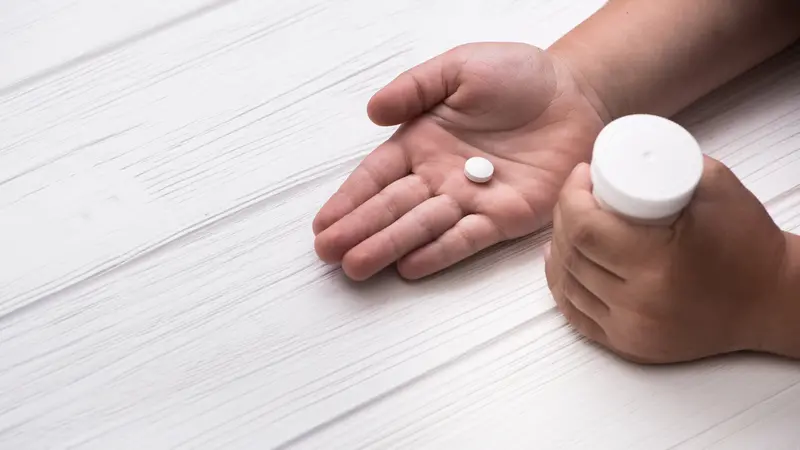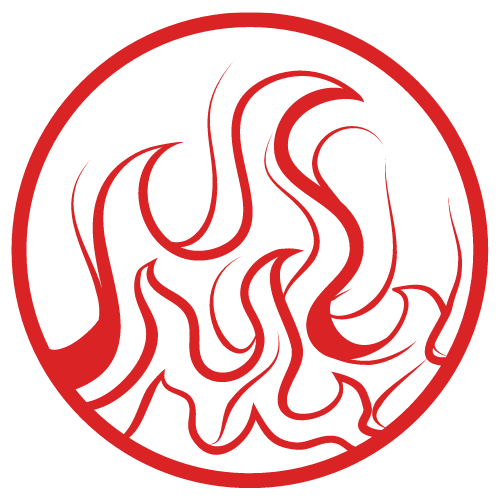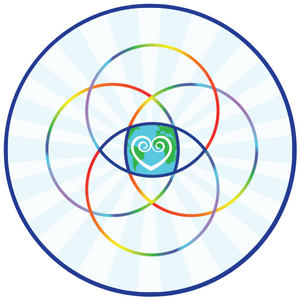

Chronic Conditions and Diseases

Chronic Conditions and Diseases
Overuse of Drug Treatments for Children with Chronic Pain
Children in the US receiving care for chronic musculoskeletal pain are prescribed medicines more frequently than non-drug treatments, according to a new study. Little is known, however, about the effectiveness of using medication to treat children, adolescents, and young adults who have chronic pain.
Researchers from the National Center for Complementary and Integrative Health and the Université de Montréal found that alternatives to medication, such as physical therapy, health education, counseling, or complementary therapies, are underused for these age groups. The study, published in The Journal of Pediatrics, revealed that medical practitioners were more likely to prescribe opioids than physical therapy for those ages 18 to 24 when diagnosed with a new condition.
Using data provided by the National Ambulatory Medical Care Survey from 2007–2015, researchers analyzed nine years of physician office visits of patients under the age of 25 years old who had been diagnosed with a chronic musculoskeletal pain condition. The study included 5.57 million children (under 13 years), 8.71 million adolescents (13 to 17 years), and 14.35 million young adults (18 to 24 years).
The study found that chronic joint pain was the most common diagnosis for children and adolescents, while chronic back pain was most common for young adults, and that nonpharmacologic treatment was less often recommended than pharmacological. The most frequently prescribed medications for all age groups were nonopioids, such as anti-inflammatory drugs and antidepressants. Opioid prescriptions were rare for children and adolescents but were given to 23% of young adults, which researchers noted was troubling, given the lack of clinical data supporting opioid use.
The most common nonpharmacological approach for adolescents was physical therapy, which was prescribed for 23.7% adolescents, 18.1% young adults, and was rarely suggested for children. Researchers say the study offers important information that illustrates the current need to explore more nonpharmacologic approaches to treat chronic musculoskeletal pain for youth rather than opt for medication.
REFERENCES
National Center for Complementary and Integrative Health. (2021, Feb. 3). Data shows underuse of nonpharmacologic treatments for chronic musculoskeletal pain in youth, and overuse of pharmacological approaches. US Department of Health and Human Services, National Institutes of Health. https://www.nccih.nih.gov/research/research-results/data-shows-underuse-of-nonpharmacologic-treatme…?


 By
By



